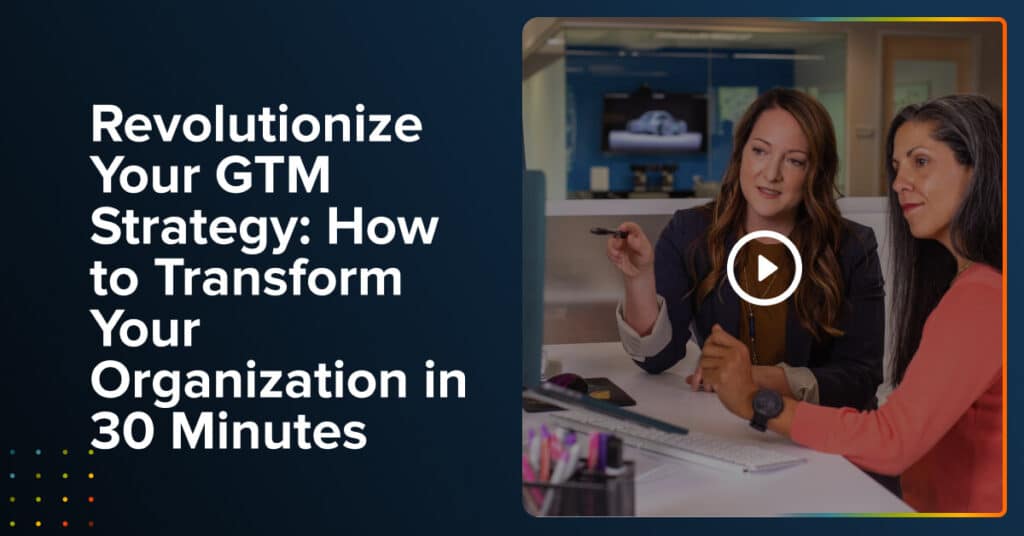How do you choose the best sales segmentation model for your product or service?
Segmentation is the lifeblood of targeting and reaching the right audience, but it’s not a “set it and forget it” process. The business landscape is dynamic, and what worked a year ago might not work today.
Whether you’re a startup just beginning to implement a segmentation model or a seasoned organization reevaluating long-standing segments, the nuances of segmentation can be daunting.
In this session of our Annual Planning Unplugged series, Rusty von Waldburg, Founder & President @ Spokes Group , shares his experience with RevOps work on segmentation.
Highlights:
[1:10] Getting pressure from sales leaders to move segment lines.
- What does that look like?
- Why does it happen?
- How should RevOps respond?
[7:11] How have you approached segmentation?
- Should your segment lines be different for sales versus customer success?
- How have you experimented with new segments, such as industry verticals?
- What data is reliable to use for segmenting?
[26:40] How do you practically enforce your segmentation rules?
- What type of automation can help
- Should you allow exceptions to segment lines?
- How do you set up rules, processes, and automation to manage exceptions?
[34:09] We’ve been discussing segmentation primarily as it relates to sales and, to a lesser degree, customer success – what about marketing?
- How does marketing get involved in aligning with sales and CS on segmentation decisions?
- How do various roles across these teams get impacted by segmentation decisions?
[49:14] How should a company’s segmentation change over time?
- What are reasons to change segmentation?
- How can you test out a new segment?










